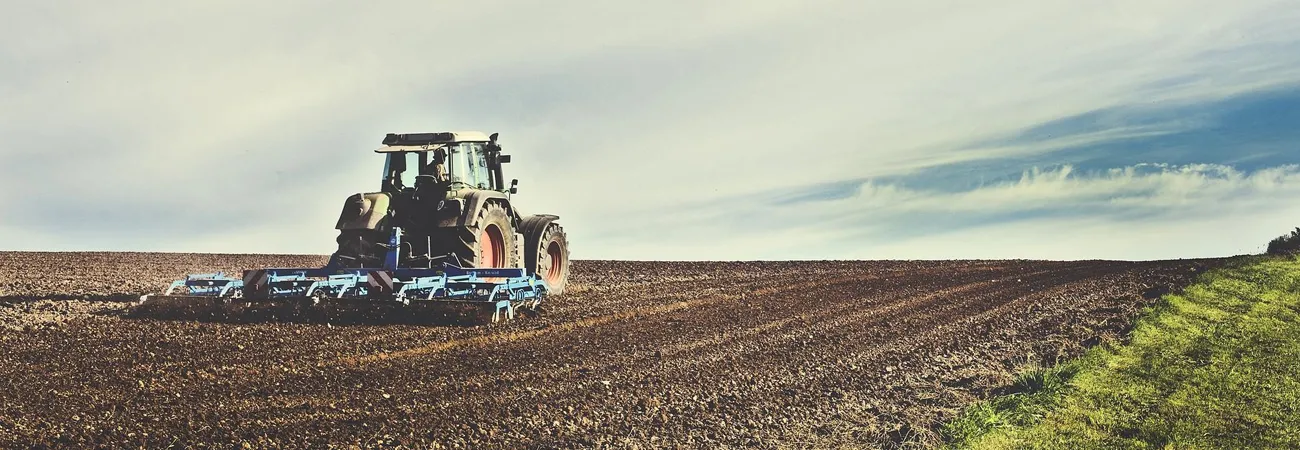i ECONOMY
The Balochistan government has launched various initiatives to uplift the agriculture sector, a key sector providing livelihood to thousands of people in the rural parts of the province, WealthPK. According to official documents, climate change, prolonged droughts, depleting underground water table, and years of power load-shedding have adversely affected the agriculture sector in the province. In view of these factors, many projects have been launched in the province to rehabilitate the sector, officials told WealthPK. "The Agriculture & Cooperative Department is successfully working to uplift the agriculture system through different wings and policies, "Munawar Rajput, Director of Agriculture Extension Wing, Balochistan, told WealthPK. He said that one of the prominent initiatives was the rehabilitation of agricultural land affected by the floods. The farmers have been provided with seeds at a subsidized rate. Tunnel farming is also part of the projects.
Green Tractors Scheme has also been launched and trickle irrigation system introduced in the entire province. Balochistan is characterized by arid conditions, with irregular rainfall, variable precipitation, temperatures extremes and low soil quality. The climate varies from coastal sub-tropical in the south to extremely hot and arid in the southeast and northeast to cool temperatures in the north. This diverse climate has led to a wide range of crops and livestock activities across the 22,000 localities in the province, such as non-staple and high-value production in the northern high-altitude environment, crop cultivation in canal irrigated districts in the northeast closer to the Indus Basin, and livestock rearing in the central and western districts. Agriculture, a mainstay for the people during the last four decades, has been largely driven by increases in the canal command area and the proliferation of tubewells. Agriculture (including livestock) contributes one-third of the provincial GDP, employs nearly two-thirds of its labour force, and provides a livelihood to more than half the population.
In the agriculture sector, livestock contributes two-thirds of value added and three-fifths of crops (fruit 30 percent, field crops 17 percent, vegetables 12 percent), and fisheries 1 percent. Nearly one in two rural households is headed by a crop farmer or agricultural laborer, thus, crop production is crucial to raising rural incomes and reducing poverty. Despite the low yield of crops, Mahmood Baloch, Director of the Agricultural Research Wing, said agriculture remained a crucial sector for providing employment and livelihood to the rural areas at low wages. Population pressure on resources (land and other) to meet the growing demand has resulted in a decline in the factor productivity of the cropping systems. Nevertheless, the agricultural potential can be harnessed by addressing the yield gaps and expanding the cultivated area, as the province has a cultivated area of 3.19 million hectares. Additionally, cultivable wasteland is 3.86 million hectares out of the total geographic area of 34.72 million hectares.
Credit: Independent News Pakistan









